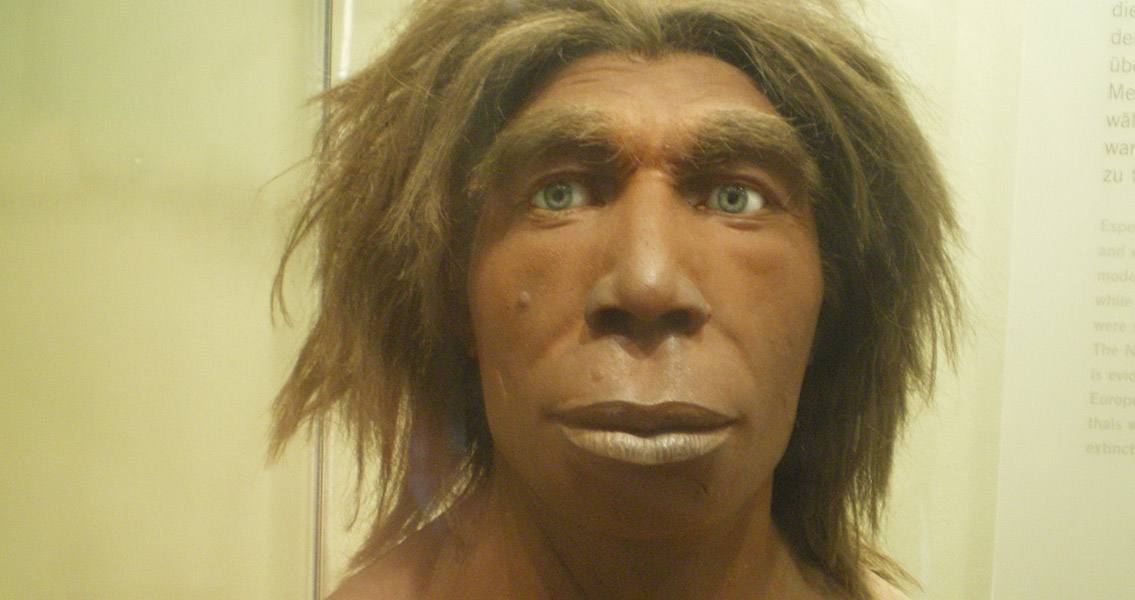<![CDATA[Recent research conducted by scientists from the Max Planck Institute for Evolutionary Anthropology in Leipzig, Germany has expounded earlier results from 2013 which showed that mitochondrial (maternally inherited) DNA from the hominins from Sima de los Huesos in northern Spain had a remote relation to the Denisovans, which were extinct relatives of the Asian Neanderthals. The original findings were unexpected given the skeletal remains carried features which appeared to have derived from Neanderthals. The scientists from Germany sequenced nuclear DNA from the fossils found in the cave, an extremely challenging task considering the exceedingly old DNA had degraded into very small pieces. The results show unequivocally the hominins from Sima de los Huesos were in fact early Neanderthals. It’s believed the Neanderthals could have acquired the different mitochondrial genes later, possibly the result of new genes which came from Africa. It’s been unclear up to now how the twenty-eight 400,000-year-old hominins discovered at the Sima de los Huesos site were related to Denisovans (that lived up to approximately 40,000 years ago) and Neanderthals. The previous report which was based on the analysis of mitochondrial DNA from one specimen suggested a relationship to Denisovans, in contrast to archaeological evidence, including the features that the Sima de los Huesos individuals shared with Neanderthals. The Sima de los Huesos (Pit of Bones) is a lower Paleolithic site and one of several vital sections within the Cueva Mayor-Cueva del Silo system of caves in northern Spain. The site of the oldest and largest assembly of human remains - 28 separate hominid fossils have been discovered to date. "Sima de los Huesos is currently the only non-permafrost site that allow us to study DNA sequences from the Middle Pleistocene, the time period preceding 125,000 years ago," says Matthias Meyer the lead author of the article, in the press release. "The recovery of a small part of the nuclear genome from the Sima de los Huesos hominins is not just the result of our continuous efforts in pushing for more sensitive sample isolation and genome sequencing technologies," Meyer adds. "This work would have been much more difficult without the special care that was taken during excavation." Scientists have been hopeful for some time that the advances in new techniques used in molecular analysis would one day benefit the investigation of these unique fossils. Archaeologists removed several specimens still embedded in clay to minimize any changes in the material after excavation with this thought in mind. Two nuclear DNA sequences were recovered from individual specimens secured in this manner. It was the analysis of this DNA that has shown the hominins' relation to Neanderthals was greater than their relation to Denisovans. The findings also indicate the divergence between Neanderthal populations and Denisovan populations had occurred prior to when the Sima de los Huesos individuals lived, 430,000 years ago. The results are consistent with an early deviation happening between 550,000 and 750,000 years ago between archaic and modern humans, providing a critical anchor point in the human evolution timeline. Image courtesy of Wikimedia Commons user: כ.אלו ]]>
New Information Added to Timeline of Human Evolution
